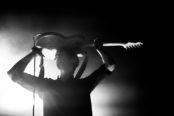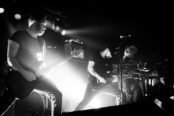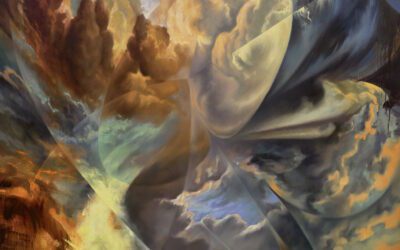[dropcap style=”font-size:100px; color:#992211;”]B[/dropcap]ack in 1982, The New Wave Of British Heavy Metal was taking over the world.
Iron Maiden had just unleashed the first part of what many describe as their holy trinity: Number Of The Beast (The other two being Piece of Mind and Powerslave). With harmonic melody lines, big vocals and a solid rhythmic foundation emanating raw power, of the UK metal reaching the shores of the States, Fates Warning was one of the many protagonists.
Initially a power metal band, Fates Warning helped lay the foundation for bands such as Iced Earth, taking a harder approach compared to their European counterparts Blind Guardian when it came to power metal, but the group only retained some elements of this sound as they eventually shifted towards progressive metal. With a career approaching the 35 year mark, Fates Warning are still going strong and delivering the goods, but can their theory of flight help them take off to the elusive 40 year mark?
“From The Rooftops” brings some good atmosphere building intro work to the table. A rich, delay laden, lightly overdriven bluesy lead over ‘jangly’ arpeggios and a complex drum fill provides the backdrop for the expressive vocals and warm bassline to join in. With a soft delivery, the vocals and music have a slightly hypnotic effect before the distortion finally kicks in. Heavy, crushing and with a snarling bite, the once-relaxed feel takes an aggressive turn. Powerful polyrhythmic blasts give the standard progressive metal tempo to the track and the soaring chorus really adds energy to it.
Shifting through angular riffs and patterns, the track does seem convoluted at times, but then, this is progressive metal; convoluted is merely a sign of a band knowing what it has to do. A rich bassline hidden away under the jabbing and stabbing drum fills keeps it all in place and, despite the initial awkwardness, there is a decent melodic aspect to the track. Vocals and backing vocals dance around the fills, creating a bigger sound and utilising space effectively to keep it all contained. When the big lead break comes in the final portion of the song, it really ups the ante. Technically solid, flowing freely across the powerful metal rhythm beneath it, it swoops in and out with rapid flurries over the pounding rhythm below it, before finally coming back for a final run. In all, a solid opening effort.
“Seven Stars” is more structured. With an easier to follow flow and groove, the simple melodic lead over the pounding rhythm eases you in. The verse is predominantly clean with that soft yet strong vocal presence. Subtle distorted lines begin to build and as soon as the verse shifts to the chorus, the transition is flawless. Short but effective, the big vocal and riff-filled chorus provides a lift to the restrained feel of the verse and delivers maximum effect. From here, it gets heavier, the verse gets more subtle layers to it and the second chorus shifts back to the intro melody before the mid-section. The slight change adopts a darker sound and feel to the rhythm, augmented by a building lead melody and a sorrowful tone in the vocals, then sets up the oncoming lead section. Initially calm, it slowly builds, full of great wailing bends and nifty runs before it gets heavier musically. With a descending riff packed with full tone, it revisits the pre-solo sound, building us up once more for the final dramatic chorus.
“SOS” has that slightly subtle build in the intro but it soon transitions into the angular riffing progressive metal is known for. In the verse, the rhythmic stabs in their angular delivery do have the feel of Morse code, but the jury is still out on whether the stabs signal the famous ‘S.O.S’ pattern. Twisting and complex, the verse and chorus are fairly similar and the only real point of difference between them is the melodic leads in the chorus. Slipping into a moody mid-section, the vocal-heavy passage over hypnotic leads, swelling bass and subtle synth effects helps create a feel of unease before a big explosion of energy brings it to a real heavy riff section where the guitars and bass boom out, fully embracing the low end tone. With vocal shouts of ‘Sink Or Swim’, we discover this isn’t exactly the cry for help you would imagine from the title. Before I try to break the fourth wall and go all philosophical, the final chorus runs and the track ends. A little convoluted but heavy none the less.
“The Light And Shade Of Things” is this albums ‘epic length trope’ track. It is commonplace for progressive metal albums to have at least one track near or beyond ten minutes in length. This is it. A dark and sorrowful atmosphere permeates the track initially, with subtle clean melodies, delay laden guitar and bass. Emotive vocals lead the way before a slick, Pink Floyd-styled lead comes in with a more restrained drum section. By the time this moody and atmospheric build up section finishes, the track comes alive. Like a boiling pot which finally froths over the sides, the big sound of distortion comes in. Powerful riffs, tight drums and a deep bassline create a harsh sound in the delivery and the vocals take a more aggressive tone. Slipping to the chorus, it has a slightly more melodic hook to it, working well to offer a slight reprieve, but the scathing feel of the track still remains despite it not being overly aggressive.
Turbulent rhythmic blasts and hypnotic lead lines dance around each other before it shifts to the low end friendly riffs.
The mid-section of the track gets more groove behind it and some subtle lead lines building over the gratuitous use of double kick, before it slowly fades out into a clean section. Chorus and delay laden acoustic and electric guitar lines provide the melancholic background, whilst the emotive vocals ring in once more before the whole thing moves to a mini-lead section. The simple repeating lick keeps the hypnotic feel going and as the track continues to build towards the end, there seems to be a growing sense of urgency, before it finally trails off into a slow, clean section much like the intro (effectively coming full circle). A decent effort for an epic track but the noticeable lack of a killer solo is questionable.
“White Flag” opens up with an atmospheric lead heavy intro, setting the scene before a subtle fade into a crushing metallic groove. With discrete galloping chugs in the stabbing riffs, it has a harsh and heavy undercurrent and the well delivered clean vocals evoke the feel of power metal. With an uplifting and empowering lyrical message in the chorus, it does seem to evoke a fire of resistance and the way the straight-up metal groove works with it, you can tell this is one of those tracks which to motivate people. Slipping into a melodic bridge, it adopts a more familiar progressive metal approach. With angular and polyrhythmic riffery, the lead dances its way across the empowering rhythm with great expression. Soaring bends and fluid runs ripe with a well dialled-in tone show some real bite and its aggressive edge really suits this track well.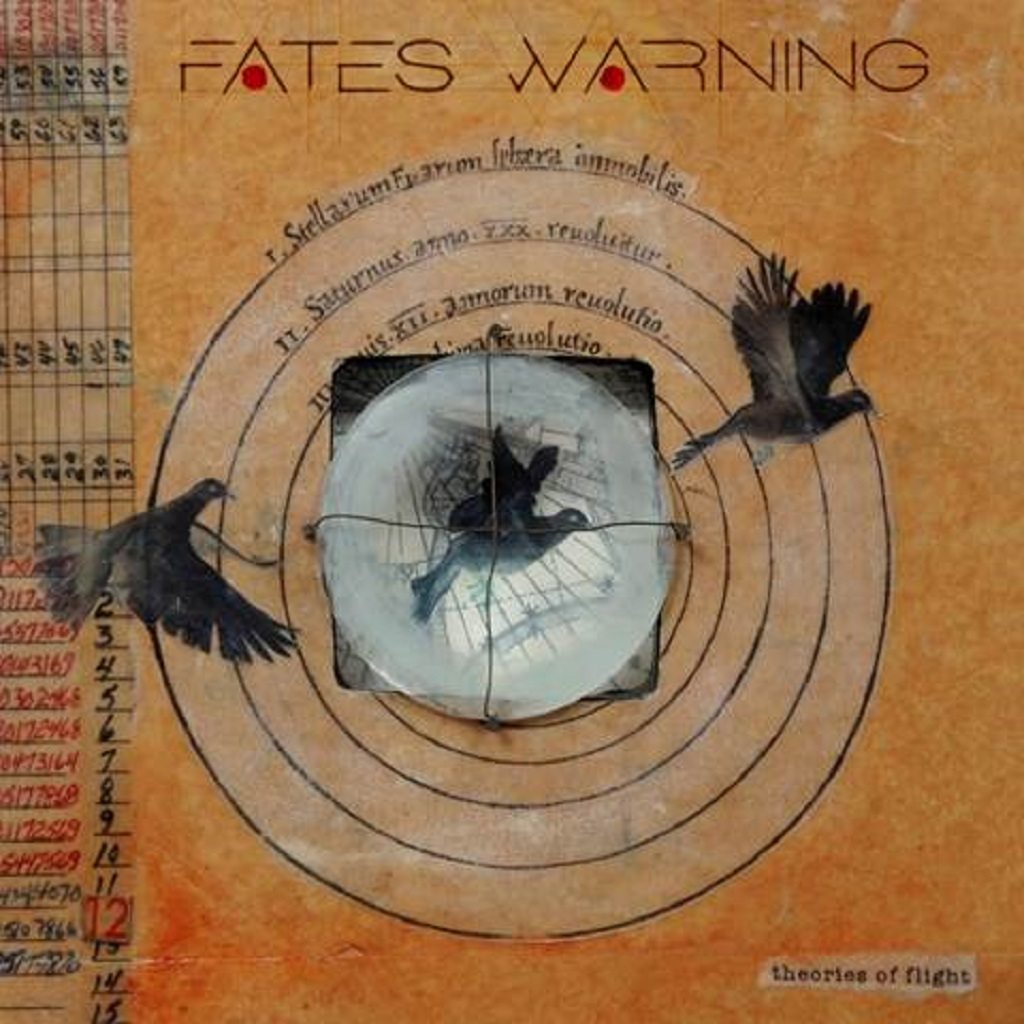
“Like Stars Our Eyes Have Seen” keeps the metal sound in its approach with more hard riffing and powerful clear vocals. With a nimble feel under the chugged chords, the verse is solid, and when it shifts to the chorus the more melodic approach works well. With a bigger feel, more expression in the vocals and good use of ringing chords to fill the space, it works as a solid counterpoint to the intensity of the verses and their darker edge. With an angular breakdown, ripe with headbanging groove, it slips to a clean section, evoking the legendary Symphony X in how the melody progresses. As it goes back to that big sounding chorus, the atmosphere and feel is not lost in the slightest. Dark and light, heavy and melodic, the opposites attract approach works well.
“The Ghosts Of Home” is the penultimate track and also the second ten minute-plus track of the album. With some odd samples of television or radio broadcasts interrupted with static, it finally kicks into the song. A bright but slightly haunting clean guitar melody backs up a softly delivered vocal line. The second guitar, acting as a counterpoint, plays a lower register melody. The bass subtly joins, creating a hypnotic and haunting sound which is rather pleasant despite the slightly ominous feel. As the vocal line fades out, a big winding and twisting distorted riff comes in, keeping the hard metal edge going. With the mesmerizing riffs seemingly dancing around each other, it rings out as a complex and intricately arranged number, similar to those Dream Theater have concocted over the years. Gradual building feel and tension radiate from the instrumental section before a hard groove riff comes in, giving a headbang feel to kick the track to life. Cleaning up a little and speeding at the same time, the verse is bright with the clean arpeggios and driving bassline under the soft vocals (disrupted occasionally by the stabbing distorted chords). As it ends, it goes into a more melodic metal section. Vocally heavier, twisting and heavy guitars, it really lays out the progressive metal stylings of the band.
Telling stories of a past, a mixture of good and bad, the track serves as a trip down memory lane and the musical shifts really help dictate the feel, highlighting both the pleasant and the unwanted memories conjured in the lyrics. Whilst impressive, the elaborate arrangements do seem to drag on somewhat, but that is in the nature of the progressive beast. Self indulgent at times, but technically and musically spot-on, it is a blessing and a curse.
Coming to the end of this musical offering, the title track, “Theories Of Flight” closes the album and is the shortest of the release, clocking in at four minutes exactly. Beginning with some strange samples, it goes into a slow clean build, backed up by the pulsing samples. With another haunting and entrancing arpeggio, it draws you in, displaying some beautiful and intricate acoustic and clean playing before distorting, getting heavy for some time and then cleaning up again. The instrumental closing effort is a well-composed piece but a bit of a letdown as a closing track. That’s a shame as, up until this point, this release was fairly solid. Perhaps it was in the wrong place on the track listing, perhaps it was intended to close the album off but not in the way you would imagine. Personal interpretation is the only answer to this situation.
On the whole, Theories Of Flight does well. It soars at times with some fantastic riffs and leads, and the empowering feel in some of the tracks works brilliantly. Despite the surge of heaviness towards the end of the release, the final two tracks do bring it back down to earth a little. Still, it remains a pleasant musical journey.
[button link=”http://smarturl.it/theoriesINOstore” newwindow=”yes”] Pre-Order Theories of Flight[/button]
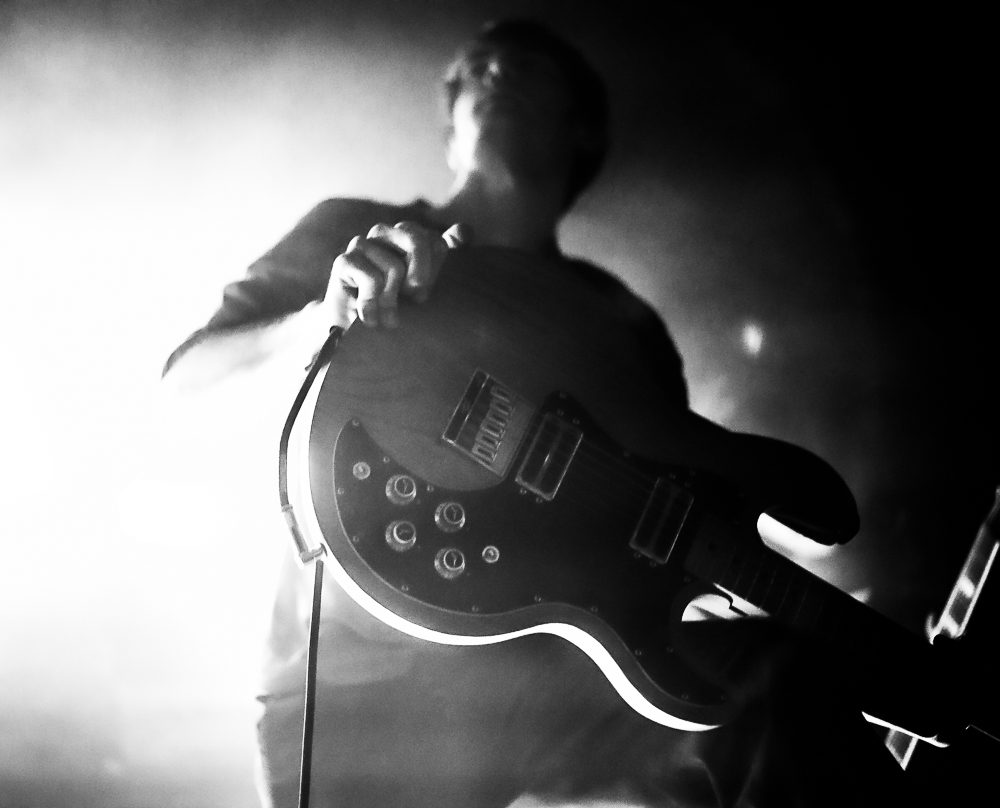
Born in the 80s, grew up with the 90s and confused by the millennial generation, I am Peter, more commonly known as Fraggle (long story, don’t ask, details are a little hazy!)
With a degree in biochemistry, an ever growing guitar collection and a job handling medication, things are far different to how I expected them to have turned out, but the one thing which hasn’t changed is how important music is in my life—it is one of my main passions, be it playing it, listening to it or attending it and experiencing it in the live setting (the way it is meant to be).
Blessed with a ‘proper punk/metal spirit’ (quote from Kailas), you will often encounter me at gigs or festivals with a beer firmly clutched in one hand and shirt in the other… Or these days, a pen and notepad too, maybe a camera if needed.





